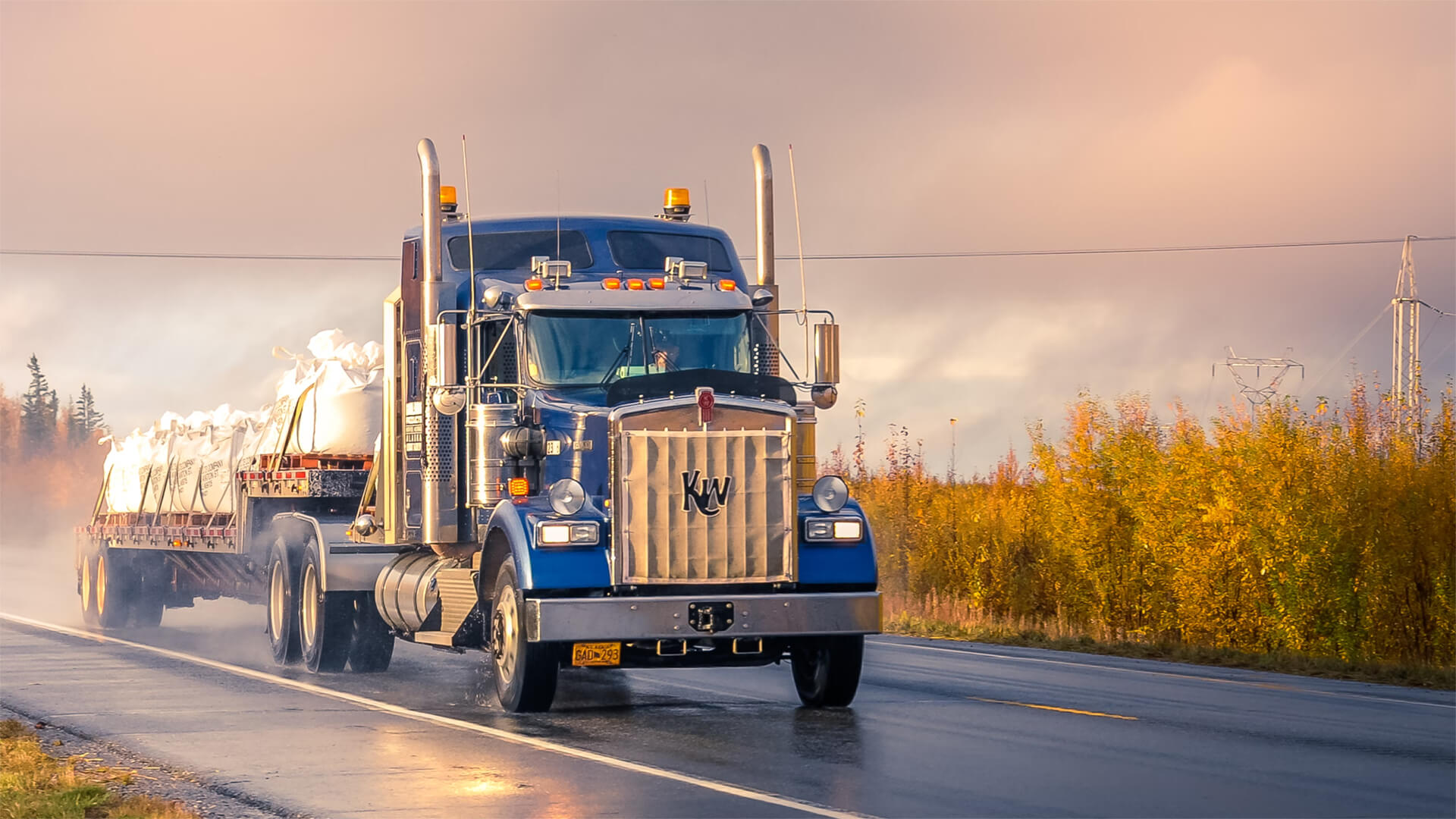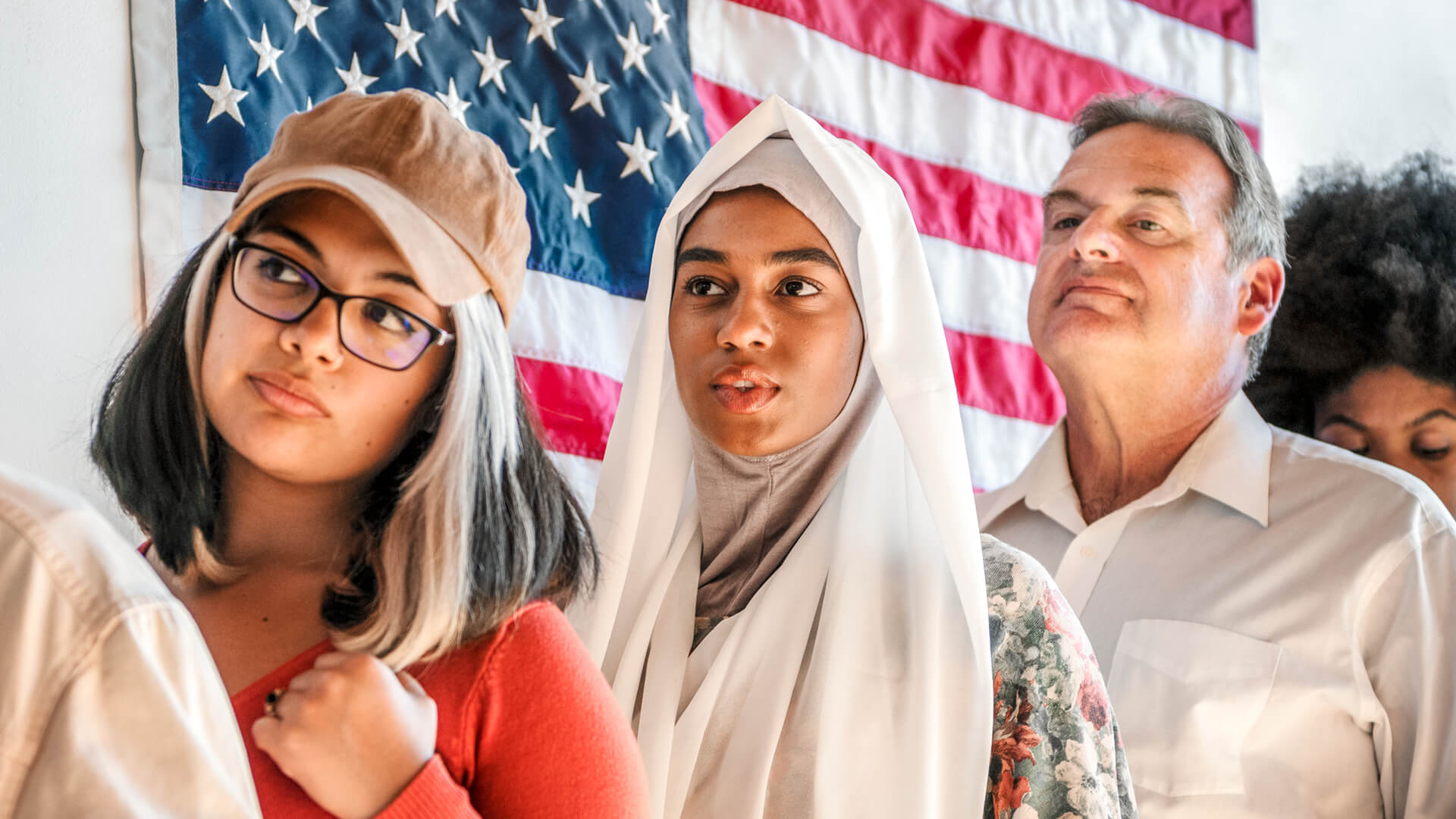Hey, all Peter Zeihan here come from Colorado. Today we’re going to, look at the American economic situation, how a number of Trump policies are coming together in the current environment and where we should expect that to take us during the rest of the year. Short version is the picture doesn’t look great. Let’s start with immigration.
There’s basically four paths to immigration that the Trump administration has, put the crimps on first. You’ve got your illegal, irregular migrants, who cross the border and then try to slip into the system somehow. Number two, you’ve got your people who try to follow the rules and do it legally. Third, you’ve got your folks who come in on a high skilled visa, something like H-1b, to get a specific job sponsored by a specific company.
And then finally, you got your rich folk that just come because they went to all four of these routes are in collapse. We now have the Trump administration going into churches during services in order to round up Hispanics and kick them out, as well as intervening in courtrooms and going, where they’re having their hearing on things like asylum or even just to see if they’ve done the paperwork.
Right. And, before the hearing can happen, escorting them out of the country comes out to about 17 grand per person to do extraditions this way. And it strongly preferences people who do not have criminal records because they’re more likely to be out in public. So the original promise of just going after criminals that has long in the past, and we’re basically going against the rank and file of people who came for jobs or to be with families.
Regardless of what you think about this, from a legal point of view or an ethical point of view, it it has an absolute impact on the job market. We’ll get to that in a minute. Legal pathways, those are pretty much all been closed down. And that is not simply a Trump two thing. That’s also a trump one thing that is also a Biden thing.
Most of restrictions that Trump won put on legal migration were actually codified by the Biden administration and now than doubled down on. So you wanna come to United States, there’s only two paths left.
Number one is you get an H-1b visa. That is the visa that like, say, the tech industry uses to bring high skilled people in to help populate their workforces. The number of those being granted is being reduced by about three quarters. And the fee for it is going up to something between $100,000 and $2 million. What that means is not only are far fewer companies going to do it, but the companies that will do it are only going to be the really big ones.
So your apple, your meta, things like that. And so if you’re a small startup, you’re now stuck with local labor. And as anyone who’s in the tech space will tell you, there is not enough local labor for a tech industry in any country of the world. There’s a global supply, but there’s only enough to man tech sectors in maybe one quarter of the world’s countries, of which the United States has always been the largest market.
And by severing the United States from that labor pool, you’re basically guaranteeing that the pace of technological change, will arrest, significantly. And we’ll see impacts of that within a month. And then finally, the only other way to get in is a gold visa. Now, Trump’s original idea was a $5 million gold visa that would get you into the country and basically give you residency.
There were no takers. None. That’s put too fine a point on it. But if you’ve got $5 million to spend for a green card, you don’t need a green card. So they’ve dropped the price now to $1 million. We’ll see if they get any takers from that. It’s pretty steep. Still has to be approved by Congress.
So basically, almost every path, for bringing migrants, immigrants, vacationers, whatever you want to call it, you know, have to have a bond to travel the United States for tourism, has been severely crimped, if not closed down completely. And it’s leading to the first population reduction in American history. And, from an economic point of view, we’ve got two issues going on that are both really bad.
Number one, for the first time since Vietnam, the workforce is shrinking. And for the first time in American history, the labor pool is shrinking. What companies are doing is in this sort of environment, they’re letting go their older employees as they retire the baby boomers, and they’re not hiring replacements. Now, that has happened before. But for that to show up in the data this time as a reduction in overall employment numbers, you’ve got to remember the scale here.
The boomers were, until very recently the largest generation in American history. And the Zoomers at the bottom of the pyramid right now are the smallest generation in history. So for that to register as a collapse in jobs, the numbers is immense. And it’s the opinion of the Federal Reserve that the only reason we haven’t seen a formal recession yet is that the job market and the labor pool are shrinking at the same rate, and that it’s the fastest we’ve ever seen in any era of American history.
Now, macroeconomic theory tells us that this will generate and, not particularly long order, a very, very crushing recession. But I’m not ready to say that yet. Jerome Powell, the Federal Reserve is not ready to say that yet because there’s so many things in motion. What we do know for certain is it makes the United States much more vulnerable to any sort of shock, because there’s just simply fewer pillars holding up the system.
Well, we’re getting that shock because of the tariff policy. We’ve got tariffs ranging from 10 to 60% on various countries in the world. The tariffs are on China at 50%, which is where we get a lot of our consumer goods. And so just since September 1st, just in the last two, three weeks, we’ve now seen price increases across the board that will show up in statistics next month most likely.
But we’re seeing in corporate earnings already, remind you’re that we went in and out and in and out and in and out of these tariffs from when they were, initially applied in April. There were extensions. There were there were holidays, and most of them are now in place. So we’ve really only had them now for about six weeks, but that’s an long enough time to burn through some inventories and jack up prices on shelves.
So Walmart, writ large, is looking at a 30% increase in prices across the board, with some items being more than double that. Keep in mind that this is when people are still pulling inventory that they built up during those holidays in preparation, so that 30% increase is going to absolutely increase month on month unless and until these tariffs go away.
So we have a far weaker employment situation. We have far smaller labor force. We have a far less skilled labor force. We are not seeing the industrial investment that would be necessary to replace the manufactured goods that we’re losing access to, and we have tariffs that are making everything more expensive. This will generate an economic adjustment, in the not too distant future.
The question is how soon, how bad in which sector? If I were a betting man. Usually not, but here we are. I would say the manufacturing is a sector to look at first, because more blanket the tariff structure, the easier it is to relocate manufacturing supply chain steps outside of the country with the tariff structure and just do it somewhere else, because instead of having product going back and forth across borders, which is how we say produce cars, you then have to pay that tariff multiple times per vehicle, whereas if you build the car completely beyond your shores and then bring in the finished vehicle, you only have to pay it once. And we’re seeing that in the investment decisions of companies that will manifest as employment problems next year. I think we’ll have our economic correction far before that, though.











